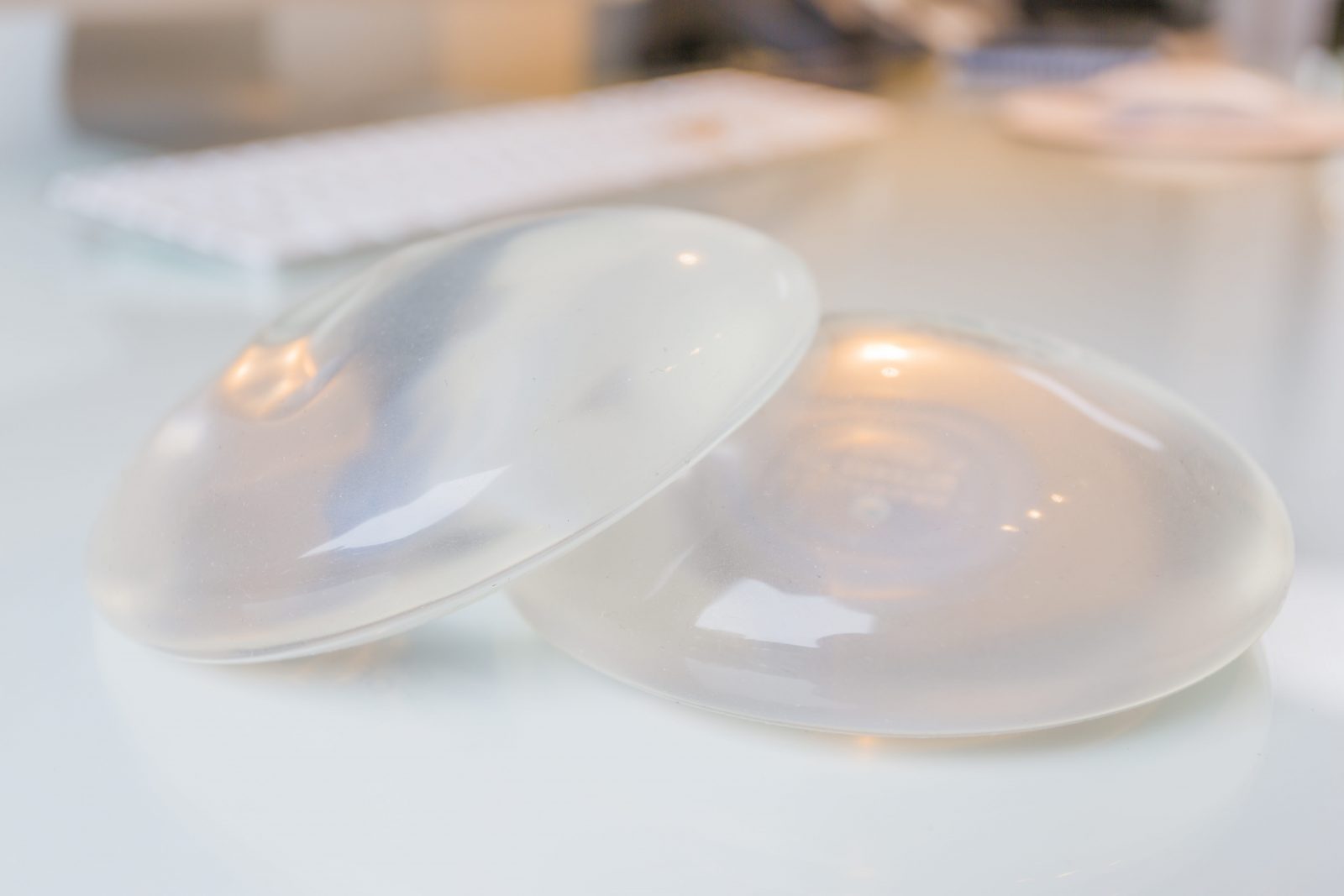Dr. Samuel Lin is a double board-certified Plastic Surgeon and Associate Professor of Surgery at Harvard Medical School who practices in Boston, Massachusetts. Dr. Lin received his Bachelor’s degree in Biomedical Engineering at Northwestern University and was enrolled in the Honors Program for Medical Education at Northwestern University, Feinberg School of Medicine, Chicago, Illinois. Dr. Lin completed a one-year fellowship appointment in Microvascular Reconstructive Surgery at the world-renowned University of Texas M.D. Anderson Cancer Center in Houston, Texas. He has also been named a Top Influencer in #PlasticSurgery. Dr. Lin is board certified by both the American Board of Plastic Surgery and the American Board of Otolaryngology-Head and Neck Surgery. Dr. Lin is board certified by two ABMS boards. He is Program Director of the BIDMC-Harvard Plastic and Reconstructive Surgery residency, and Co-Director of the Harvard Aesthetic and Reconstructive Plastic Surgery Fellowship at BIDMC. Dr. Lin was awarded the recipient of a “Mentoring Award,” by Harvard Medical School through a special nomination process which is sent out to all Harvard faculty members, house officers, fellows, and students. He has been a Boston “Top Doc” for several years in plastic surgery.
 Photo Credit: Shutterstock
Photo Credit: Shutterstock
The National Breast Implant Registry (NBIR) is a quality improvement initiative that prospectively collects outcomes and safety data for all patients receiving breast implants in the United States. The NBIR represents a collaborative initiative between The Plastic Surgery Foundation (PSF), the United States Food and Drug Administration (FDA), patients, and breast implant manufacturers. The goals of the NBIR are to allow for performance tracking, improve patient satisfaction, decrease post-operative complications, and inform clinical practice through evidence-based data and guidelines. Here Nicholas Elmer and Dr. Samuel Lin, MD, FACS., answer questions about the National Breast Implant Registry (NBIR) annual report for 2020.
Who participates in the NBIR?
There are 818 sites across the United States registered for the NBIR. Most of the participating sites are solo practices (56%) followed by private groups (23%), multi-specialty groups (10%) and academic practices (9%). California has the most participating NBIR sites followed by Texas, Florida, New York, and Michigan which is representative of the distribution of 93% of all board-certified plastic surgeons.1
Who is receiving breast implants?
The average patient age for patients receiving breast implants in 2020 from participating NBIR sites was 42 years old (range from 16 to 86). 91% of the patients receiving breast implants were White followed by African American (3.6%) and Asian (3.4%) patients. 99% of patients were female with 1% involving male or transgender patients.
What is the breakdown of breast implants for aesthetic versus reconstructive purposes?
Breast implants can typically be used for aesthetic or reconstructive purposes. Of all cases in the NBIR registry, 78.3% of breast implant procedures were performed for aesthetic purposes with 20.4% for a reconstructive purpose. Those who received breast implants with an aesthetic purpose tended to be younger (median: 37 years old) than reconstructive patients (median: 54 years old). Reconstructive patients also had an average BMI in the “overweight” category compared to aesthetic patients who were more likely to be in the “healthy” weight range.
What are common pre-existing medical conditions in patients receiving breast implants?
Nineteen percent of patients in the NBIR had at least one pre-existing medical condition. A prior diagnosis of breast cancer was seen in 16% of patients. Hypertension was the most common co-morbid medical condition at 5% of the patients in the registry. This was followed by thyroid disorders representing 3% of the patient population. Seven percent of patients were reported to be current smokers.
Most common indication and operation type?
Overall, the most common indication type among registry participants was augmentation (46%) followed by revision augmentation (16%) and reconstruction (15%). Unsurprisingly, there were stark differences between reconstructive and aesthetic patients. Ninety-eight percent of reconstructive patients underwent initial or revision reconstruction. This is in contrast to aesthetic patients in the registry who all underwent either augmentation, revision augmentation, augmentation/mastopexy, or revision augmentation/mastopexy. The most common operation types were implant insertion (56%), implant replacement/exchange (25%), and capsulectomy/capsulotomy (9%).
What about the use of drains, acellular dermal matrix, surgical mesh, fat grafting?
Drains, acellular dermal matrix (ADM), surgical mesh, and fat grafting are frequently used adjunctive techniques for breast implant surgery. Among the procedures reported to the NBIR, less than 14% of reported procedures utilized any of these techniques. Surgical mesh was used in 2% of cases, fat grafting in 5%, drains in 14% and ADM in 6%. Drains, ADM, and fat grating was much less common in aesthetic patients than in reconstructive patients.
 Photo Credit: Shutterstock
Photo Credit: Shutterstock
What is the most common incision and implant location/shape/fill?
The most common incision location was inframammary which made up 80% of incision type used overall. In the reconstructive patients, the most common incision was through a previous mastectomy scar (54%). The submuscular/pectoral implant location comprised 82% of implant locations overall and was the most popular in both aesthetic (88%) and reconstructive (51%) patients. Ninety-nine percent of implants were smooth and only 1% were textured. Additionally, 98% of implants were round in shape. The most popular implant fill for both aesthetic and reconstructive patients was with silicone with 85% and 88%, respectively.
What were the most common reasons for reoperation in these patients?
Thirty percent of the cases in the NBIR were reoperation cases. The majority (59%) or reoperations were performed in response to patient request, followed by implant problems (22%), and complications (15%).
Of those who requested reoperation, the primary reason was to change shape, size, or style of implant (67%). Forty-four percent of patients who experienced implant problems experienced implant deflation or suspected/actual capsular rupture with another 39% having implant migration. 89% of patients with complication-related reoperation developed capsular contracture.
Future directions for the NBIR?
Despite only being in its second year, the NBIR will continue to grow in participation. The importance of registries like the NBIR have been repeatedly demonstrated and utilized for quality improvement and the development of evidence and population-based guidelines on the management of these patients. The insights gained from registries like the NBIR will allow providers to make the best decisions to care for their breast implant patients. In the next year, the NBIR will continue to develop innovative initiatives to increase registry participation and improve user experience.
References:
1. The Plastic Surgery Foundation. National Breast Implant Registry. Available at: https://www.thepsf.org/research/registries/nbir. Accessed November 28, 2021.
For more information, visit Dr. Samuel Lin's social media:





















